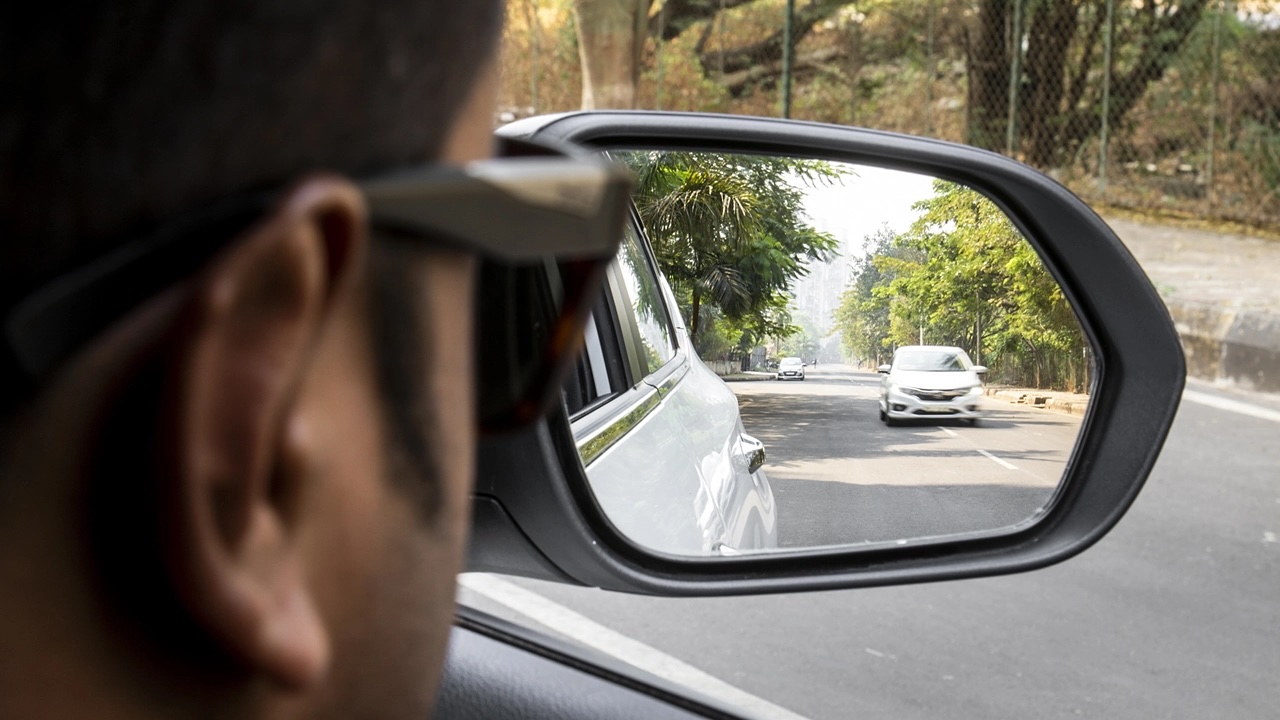

Articles
How To Properly Adjust Your Side Mirrors
Modified: January 5, 2024
Learn how to adjust your side mirrors properly with our informative articles. Find out the best techniques to ensure maximum visibility and safety on the road.
(Many of the links in this article redirect to a specific reviewed product. Your purchase of these products through affiliate links helps to generate commission for Storables.com, at no extra cost. Learn more)
Introduction
Having properly adjusted side mirrors is crucial for safe and effective driving. These mirrors play a vital role in providing a clear view of the surrounding traffic, minimizing blind spots, and enhancing overall visibility. Unfortunately, many drivers overlook the significance of properly adjusting their side mirrors, compromising their safety and the safety of others on the road.
In this article, we will guide you through the steps to properly adjust your side mirrors to ensure optimal visibility. By following these simple guidelines, you can significantly reduce blind spots, increase your awareness of the traffic around you, and ultimately enhance your driving experience.
But first, let’s understand why it is so important to have properly adjusted side mirrors.
Key Takeaways:
- Properly adjusted side mirrors enhance visibility, minimize blind spots, and improve driving safety. Follow the step-by-step guide to optimize mirror positioning and avoid common mistakes for a safer driving experience.
- Maximize mirror effectiveness by cleaning them regularly, using anti-glare settings, and practicing effective mirror usage. Stay attentive, avoid common mistakes, and prioritize safety for a safer and more enjoyable driving experience.
Read more: How To Adjust Motorcycle Mirrors
Importance of properly adjusted side mirrors
Properly adjusted side mirrors are essential for several reasons. Firstly, they greatly improve your visibility on the road. By ensuring that your side mirrors are correctly positioned, you can minimize blind spots and have a clear view of the traffic around you. This is especially important when changing lanes or merging onto highways, as it allows you to see approaching vehicles and make safe maneuvers.
Secondly, well-adjusted side mirrors enhance your overall driving experience by reducing distractions. When your mirrors are properly positioned, you can focus more on the road ahead, rather than constantly adjusting your mirrors or twisting your body to check blind spots. This improves your concentration and helps you react quickly to potential hazards.
Furthermore, properly adjusted side mirrors contribute to safer lane changes. When you can accurately view the traffic behind and beside you, you can confidently switch lanes without endangering yourself or other drivers. This is particularly crucial on busy highways, where merging quickly and safely is essential to maintaining traffic flow.
Lastly, properly adjusted side mirrors can help prevent accidents and collisions. Blind spots are a common cause of accidents, as they significantly limit your view of other vehicles. By eliminating or reducing blind spots through correct mirror adjustment, you can make more informed decisions on the road, anticipate potential dangers, and react accordingly.
Now that you understand the importance of properly adjusted side mirrors, let’s move on to the step-by-step process for achieving optimal mirror positioning.
Step 1: Proper positioning of the driver’s side mirror
The driver’s side mirror is perhaps the most important mirror for optimal visibility. Follow these steps to ensure it is properly positioned:
- Start by adjusting your seating position. Sit upright, with your back against the seat, and position yourself so that you can comfortably reach the steering wheel and pedals.
- Locate the adjustment controls for the driver’s side mirror. These are usually located on the side of the door or on the control panel inside the car.
- With your seating position unchanged, adjust the mirror so that it covers the blind spot area on the driver’s side. This means angling it outward and away from the car, while still providing a clear view of the road behind you.
- To verify the mirror positioning, lean your head towards the driver’s side window and adjust the mirror further if needed. When in the normal driving position, you should be able to see the side of your car in the inner edge of the mirror, but the majority of the mirror should display the road behind you.
Proper positioning of the driver’s side mirror eliminates the blind spot on that side, allowing you to have a complete view of the road from your peripheral vision. However, it’s important to note that by extending the mirror outward to cover the blind spot, there may be a slight overlap between the field of view of the driver’s side mirror and the rearview mirror. This is normal and ensures comprehensive visibility.
Now that we have adjusted the driver’s side mirror, let’s move on to the next step: adjusting the passenger side mirror.
Step 2: Adjusting the passenger side mirror
Properly adjusting the passenger side mirror is equally important to ensure maximum visibility on the road. Follow these steps to position it correctly:
- Once again, make sure you are in your proper seating position, with your back against the seat and your reach comfortably on the steering wheel.
- Locate the adjustment controls for the passenger side mirror. These are usually found on the same panel as the driver’s side mirror adjustment controls.
- If possible, ask someone to stand beside your car on the passenger side. This person will help you determine the ideal position for the mirror.
- Adjust the mirror so that it covers the blind spot area on the passenger side, similar to what you did with the driver’s side mirror. Angle it outward and away from the car, while still maintaining a clear view of the road behind.
- With the help of the person outside, make minor adjustments to ensure that the mirror covers the blind spot area on the passenger side without overlapping too much with the driver’s side mirror.
By properly adjusting the passenger side mirror, you can eliminate blind spots on that side and have a comprehensive view of the traffic. Correctly positioned side mirrors on both sides of your car significantly enhance your ability to see surrounding vehicles and navigate safely.
Now that you have adjusted both the driver’s and passenger side mirrors, let’s move on to the final step: making any necessary adjustments for optimal visibility.
When adjusting your side mirrors, position them so that you can barely see the side of your car. This will minimize blind spots and improve your overall visibility.
Step 3: Final adjustments for optimal visibility
After positioning the driver’s and passenger side mirrors, it’s important to make some final adjustments to ensure optimal visibility. Follow these steps:
- Get back into your normal driving position, with both hands on the steering wheel.
- Adjust the angle of the mirrors slightly, if needed, to eliminate any possible blind spots. You should have a clear view of the road behind you and the lanes beside you.
- Take a moment to scan the reflection in each mirror and make sure that objects are properly aligned and not distorted. Adjust the mirror angle further if necessary.
- Remember not to rely solely on your side mirrors. Regularly glance over your shoulder and use your rearview mirror to supplement your peripheral vision.
By making these final adjustments, you will ensure that your side mirrors provide the best possible visibility while driving. It’s essential to regularly check and readjust your mirrors to account for any changes in seating position or driving conditions.
Now that you have properly adjusted your side mirrors, let’s go over some common mistakes to avoid.
Read more: How To Adjust Towing Mirrors
Common mistakes to avoid
While adjusting your side mirrors, it’s important to be aware of some common mistakes that many drivers make. Avoiding these mistakes will help ensure that your mirrors provide optimal visibility. Here are some common errors to watch out for:
- Misalignment: One common mistake is misaligning the mirrors, resulting in overlapping or redundant views. Make sure each mirror covers its respective blind spot without duplicating the view of another mirror.
- Improper angle: Another mistake is setting the mirrors at an incorrect angle. They should be angled outward and away from the car, while still providing a clear view of the road behind.
- Neglecting mirror adjustments: Many drivers simply set their mirrors once and never readjust them. Remember to periodically check and readjust your mirrors for optimal visibility, especially if there are changes in seating position or driving conditions.
- Reliance solely on side mirrors: While side mirrors are crucial, they should not be the sole source of visibility. Always use your rearview mirror and physically glance over your shoulder to supplement your view from the side mirrors.
- Forgetting mirrors during parking: It’s easy to solely rely on your rearview or side mirrors when parking. However, remember to physically check for obstacles and use your mirrors as aids, but not as your only source of information.
By avoiding these common mistakes, you can ensure that your side mirrors are properly adjusted and provide the best possible visibility while driving. Now, let’s explore some additional tips for maximizing the effectiveness of your mirrors.
Additional tips for maximizing mirror effectiveness
In addition to properly adjusting your side mirrors, there are several tips you can follow to maximize their effectiveness and enhance your overall driving experience. Consider the following suggestions:
- Regularly clean your mirrors: Keep your mirrors clean and free from dirt, smudges, or obstructions. This will ensure clear visibility and prevent any distortion or glare from affecting your view.
- Use anti-glare settings: Many modern cars are equipped with anti-glare settings for side mirrors. Activate this feature to reduce the glare from headlights or bright sunlight, allowing for better visibility.
- Adjust mirrors for different driving conditions: If you frequently drive in different conditions, such as during rain, fog, or nighttime, consider adjusting your mirrors accordingly to accommodate for reduced visibility.
- Practice using your mirrors: To become proficient at using your mirrors effectively, practice regularly. This can include scanning your mirrors before making turns, changing lanes, or merging onto highways.
- Consider blind spot detection systems: If your vehicle is equipped with blind spot detection systems, utilize them as an additional safety measure. However, remember that they should not replace your reliance on properly adjusted side mirrors.
- Stay attentive and focused: Your mirrors are valuable tools, but they are no substitute for attentive driving. Remember to stay focused, avoid distractions, and constantly assess the road ahead, using your mirrors as aids to supplement your field of view.
By applying these tips, you can maximize the effectiveness of your side mirrors and ensure a safer and more enjoyable driving experience. Now that you have a comprehensive understanding of adjusting and utilizing your side mirrors, let’s conclude this article.
Conclusion
Properly adjusted side mirrors are crucial for safe and effective driving. They provide enhanced visibility, minimize blind spots, and enable you to make informed decisions on the road. By following the step-by-step process outlined in this article, you can ensure that your side mirrors are optimally positioned.
Remember to position the driver’s side mirror to cover the blind spot on that side, and adjust the passenger side mirror to eliminate blind spots on that side as well. Make final adjustments to the angle of the mirrors to ensure comprehensive visibility without overlap.
Avoid common mistakes such as misaligning the mirrors, neglecting regular adjustments, and relying solely on the mirrors for visibility. Clean your mirrors regularly, use anti-glare settings, and practice using your mirrors effectively to enhance their effectiveness.
It’s important to note that side mirrors are aids to your vision, and you should always supplement them with proper scanning of the road, checking blind spots, and using your rearview mirror. Stay attentive and focused while driving, and utilize all available tools to ensure a safe and enjoyable driving experience.
By properly adjusting and utilizing your side mirrors, you can significantly improve your overall visibility and reduce the risk of accidents on the road. So, take the time to adjust your mirrors correctly, practice using them effectively, and make safety a priority every time you get behind the wheel.
Stay safe and happy driving!
Frequently Asked Questions about How To Properly Adjust Your Side Mirrors
Was this page helpful?
At Storables.com, we guarantee accurate and reliable information. Our content, validated by Expert Board Contributors, is crafted following stringent Editorial Policies. We're committed to providing you with well-researched, expert-backed insights for all your informational needs.
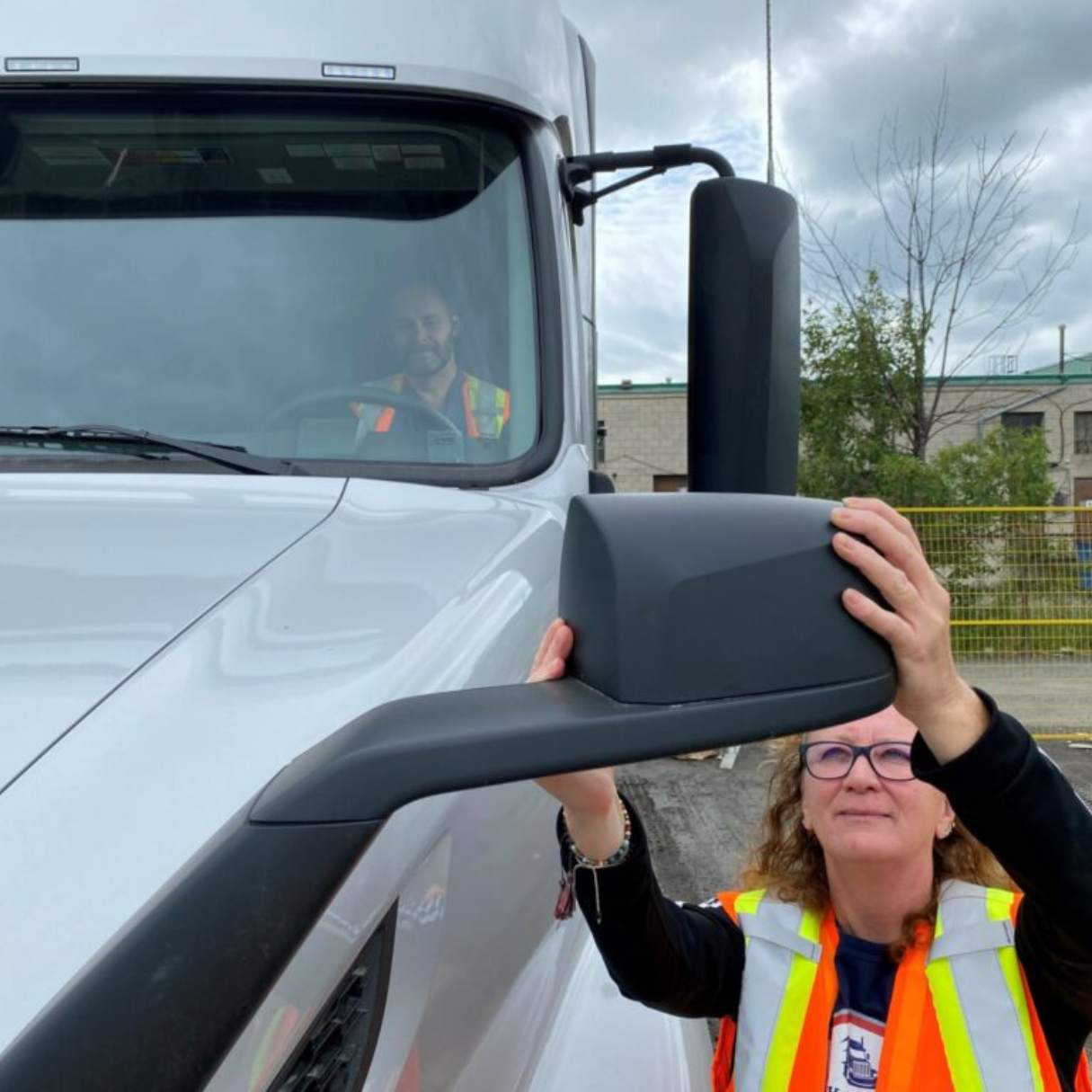
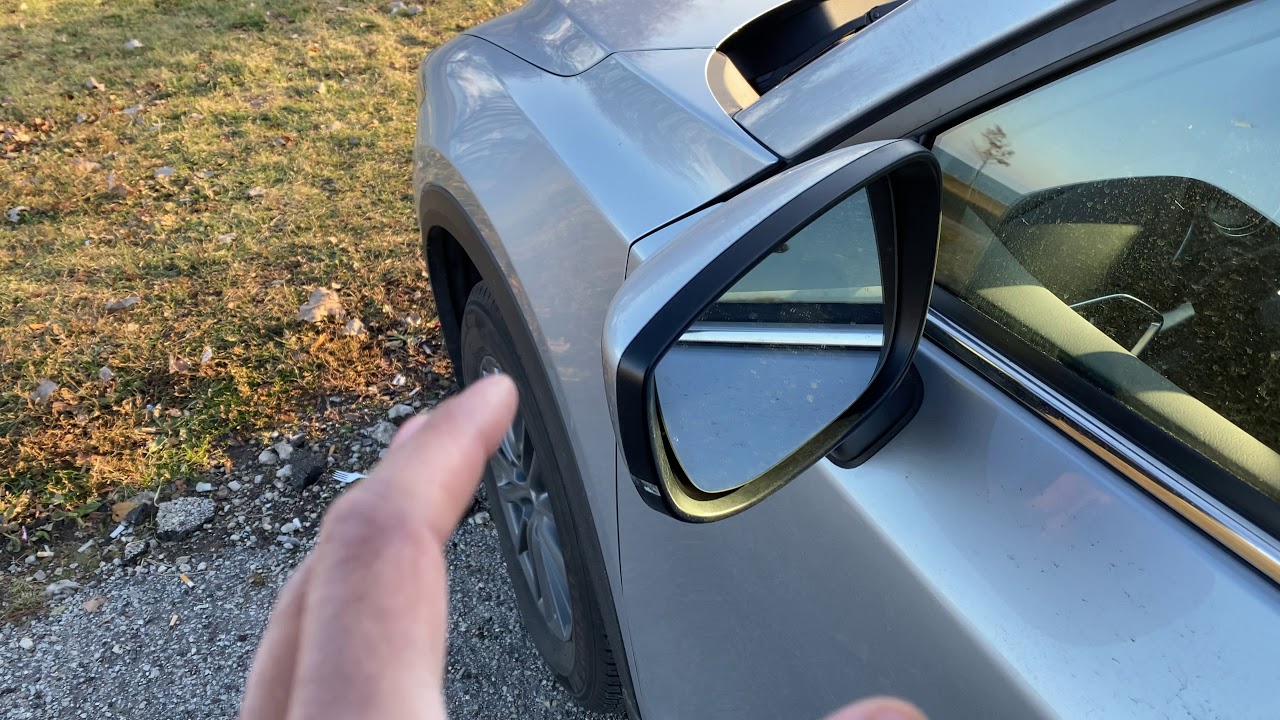
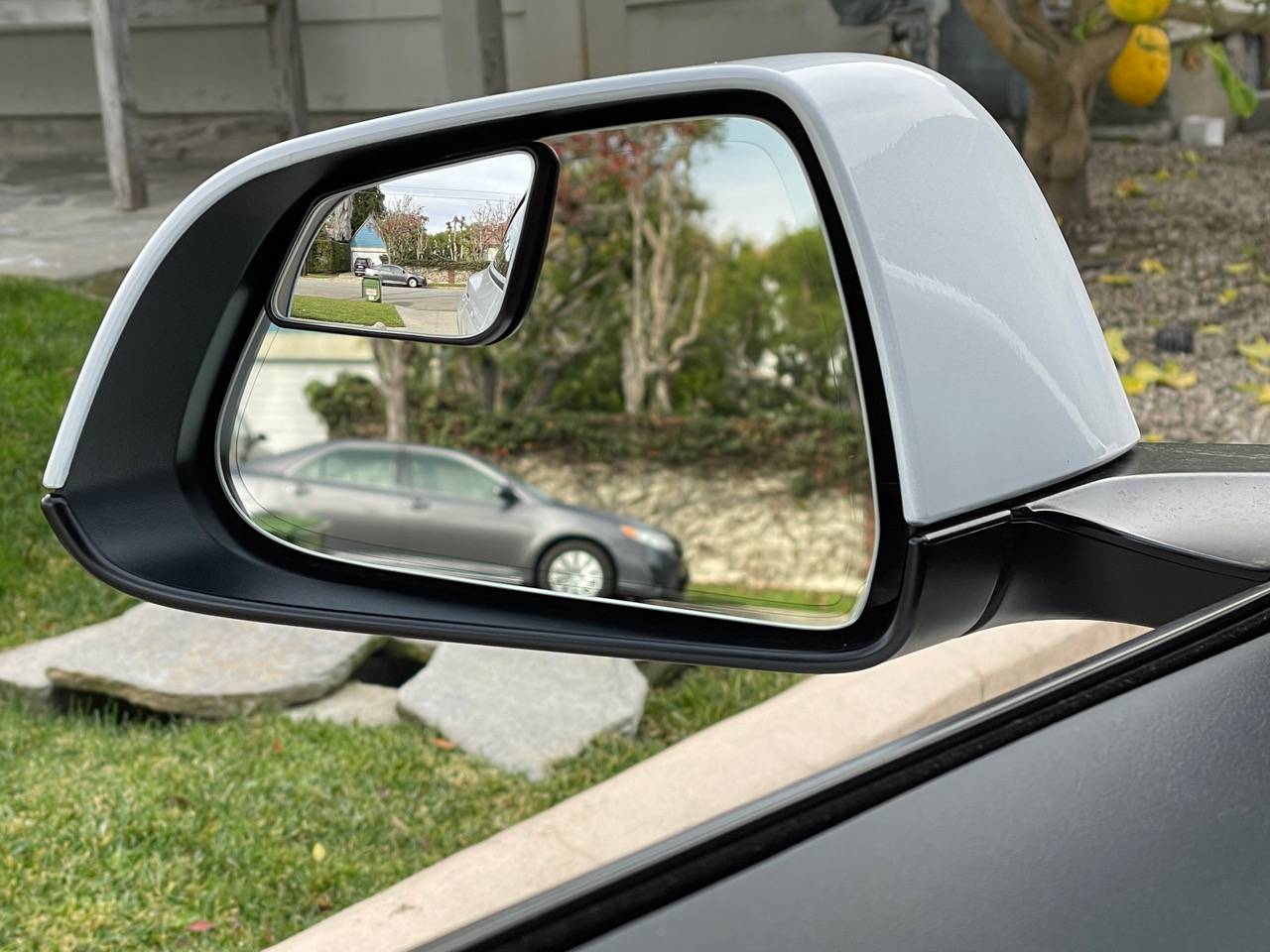
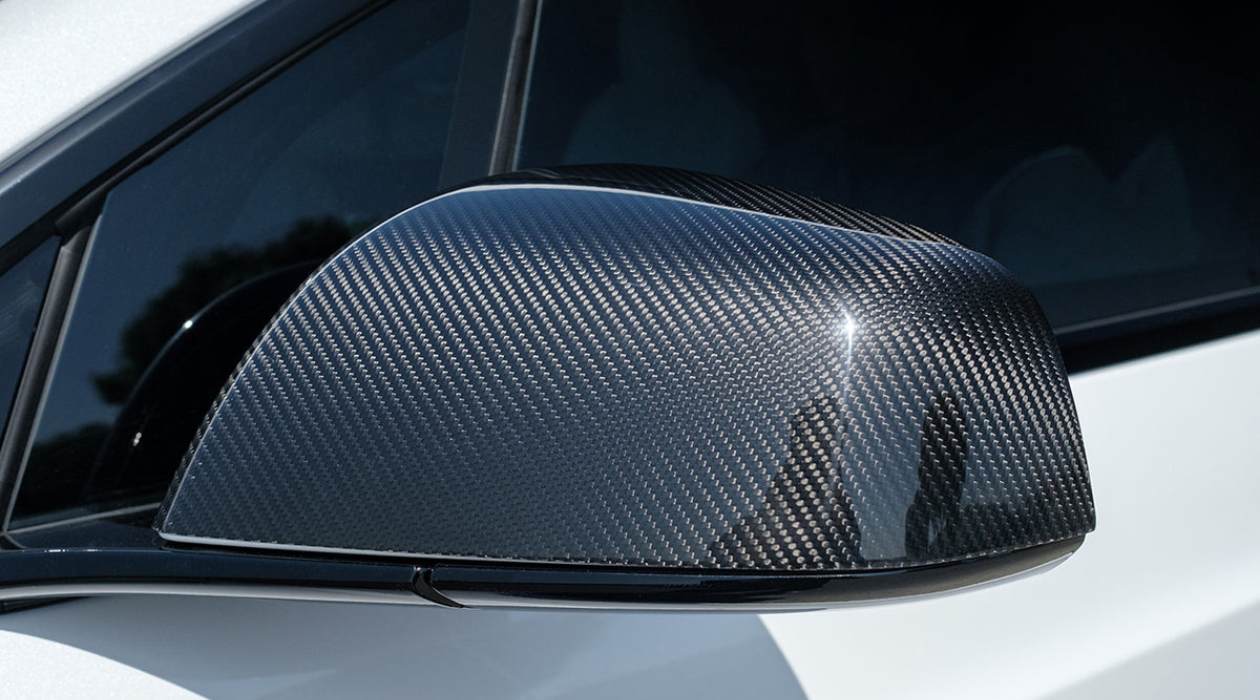
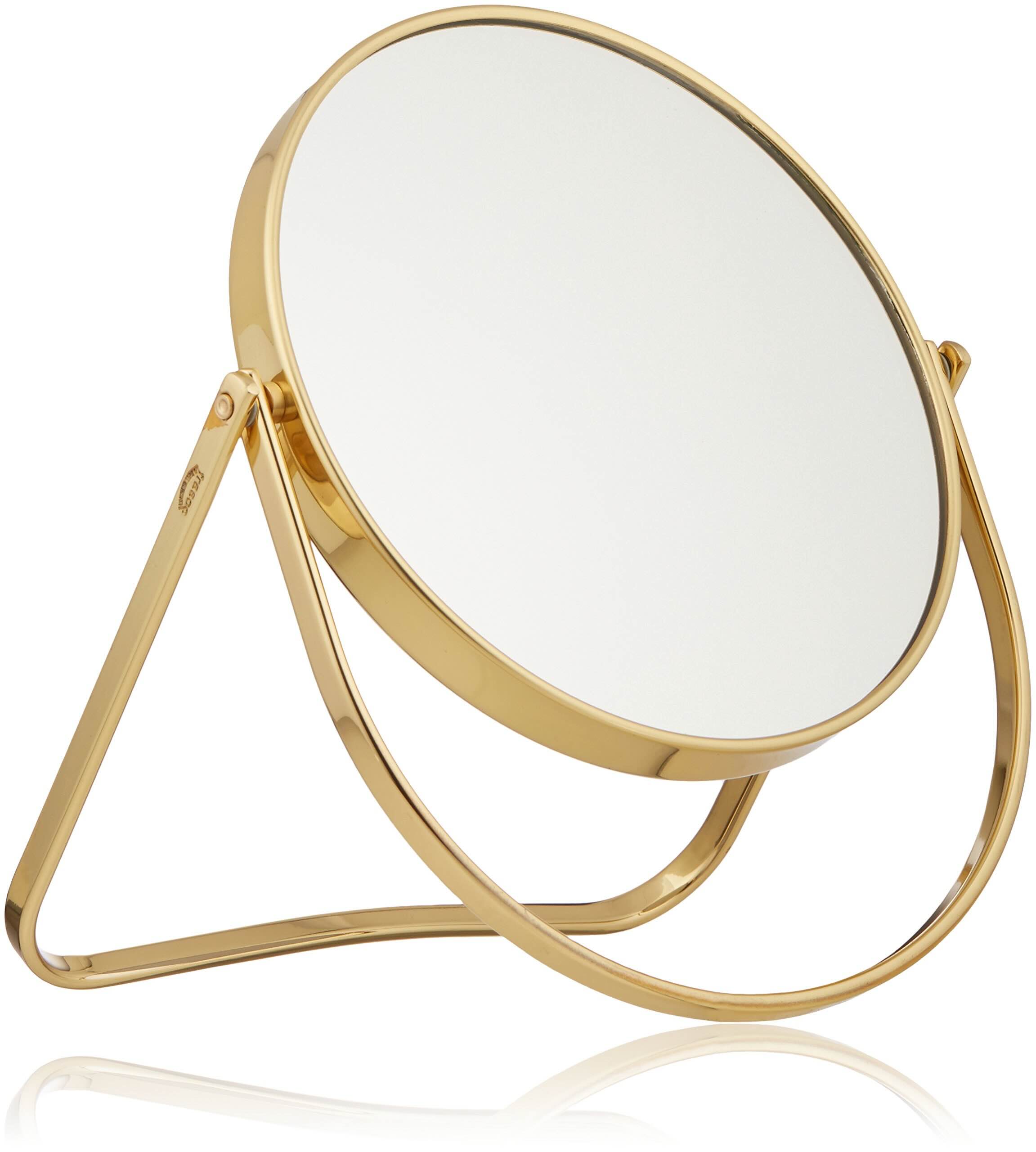

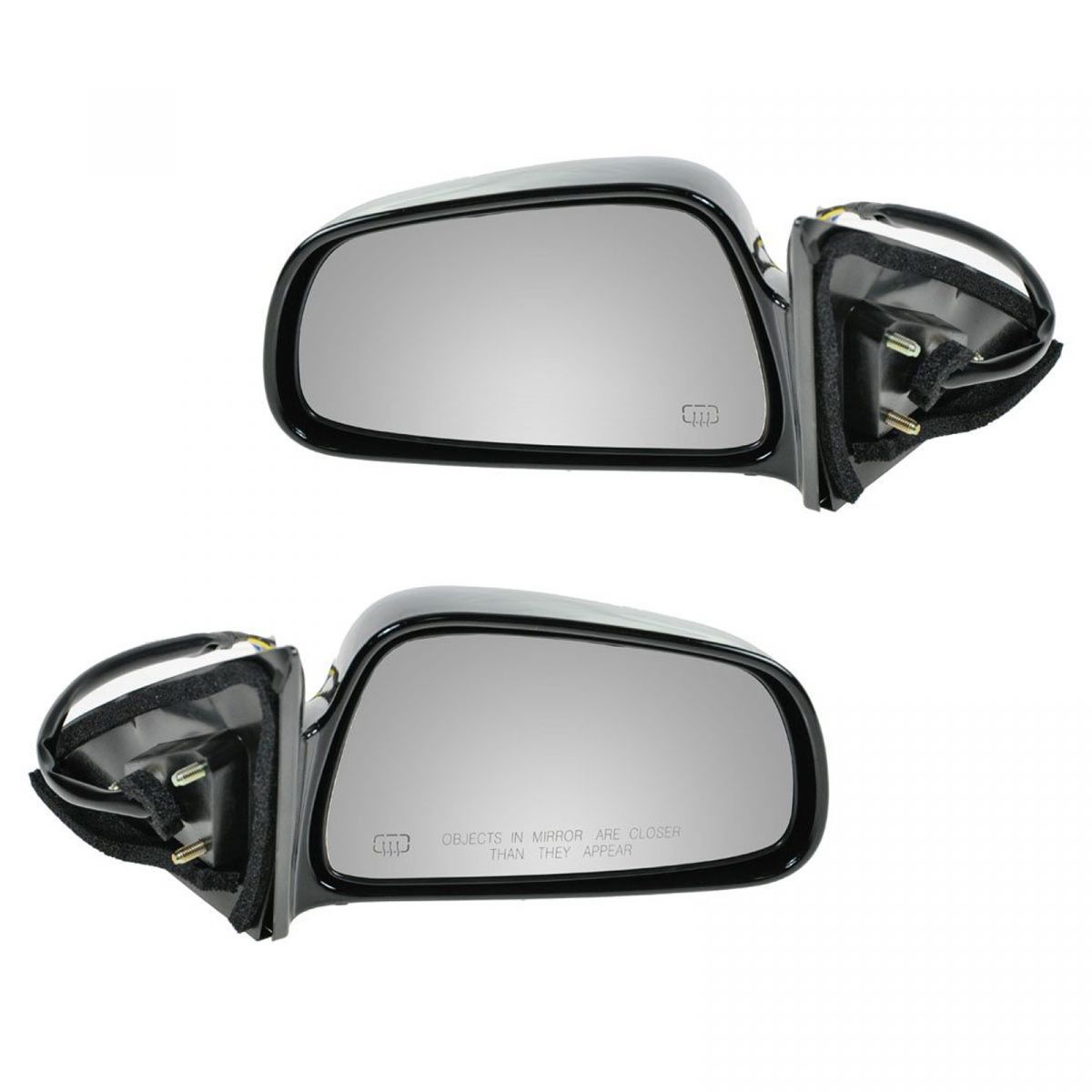
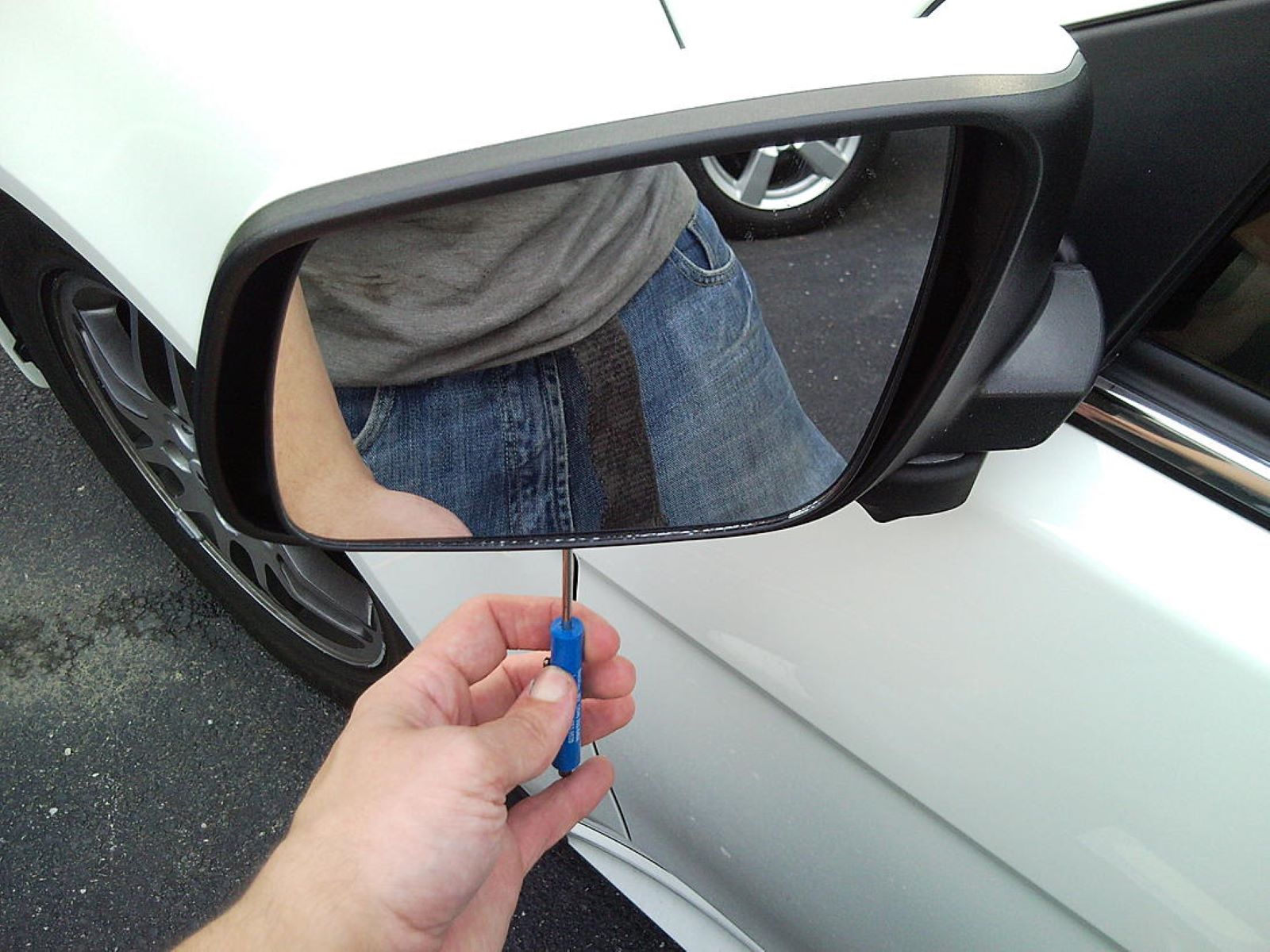
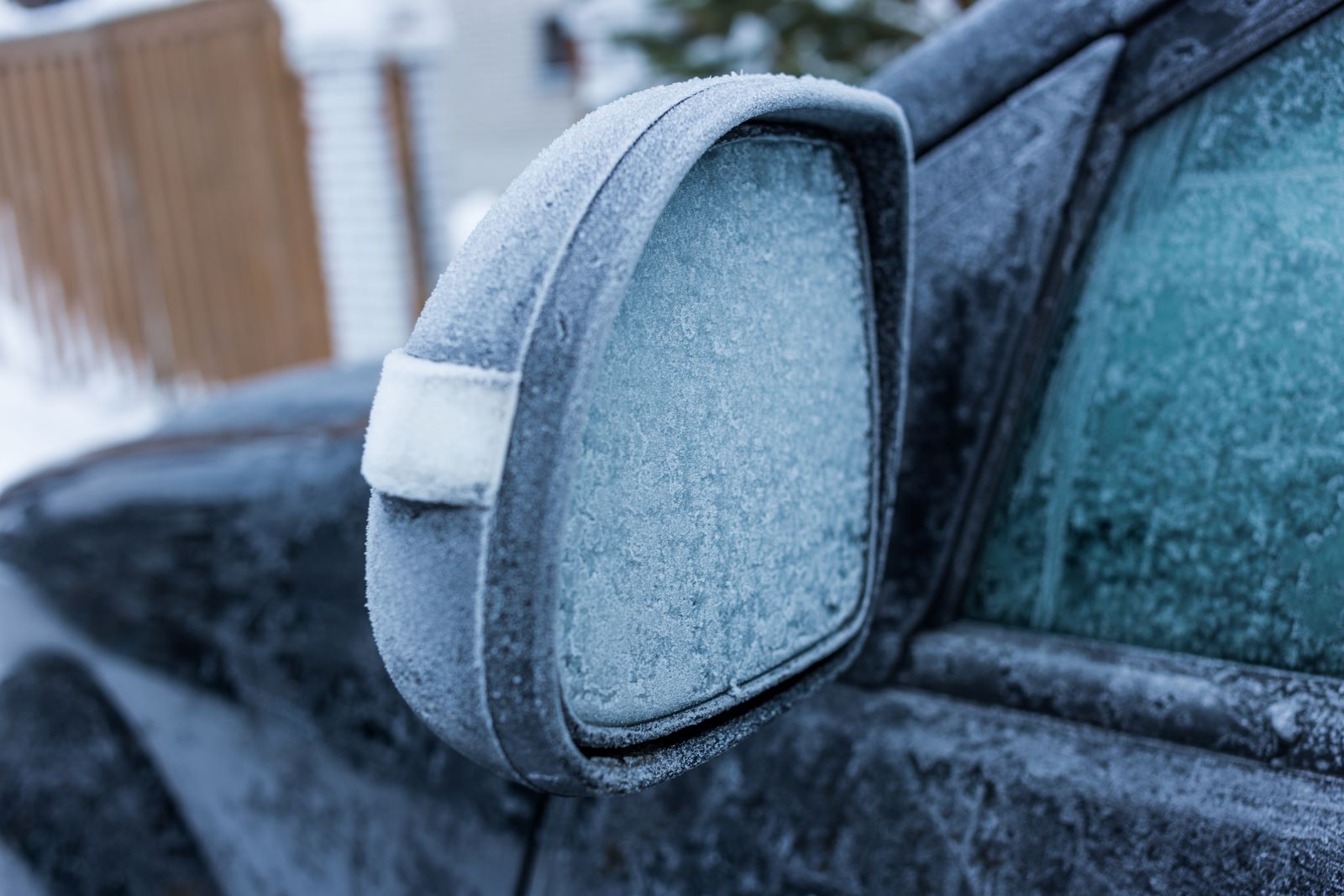
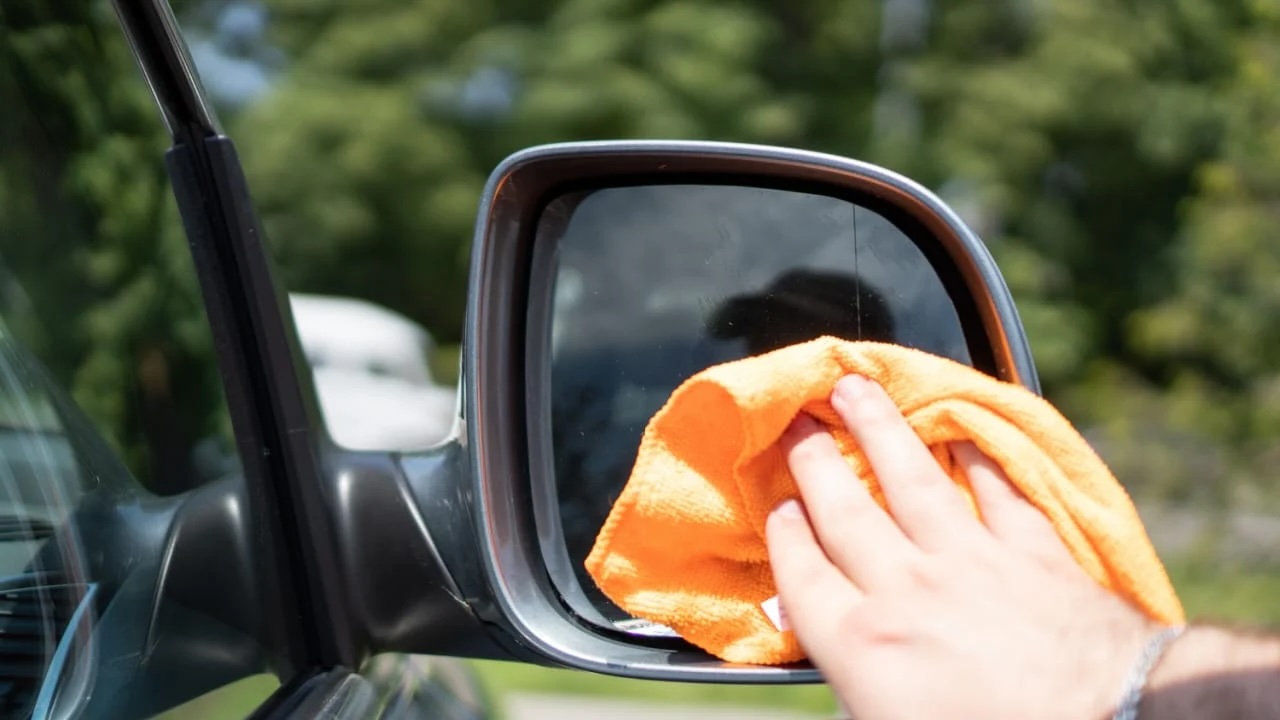

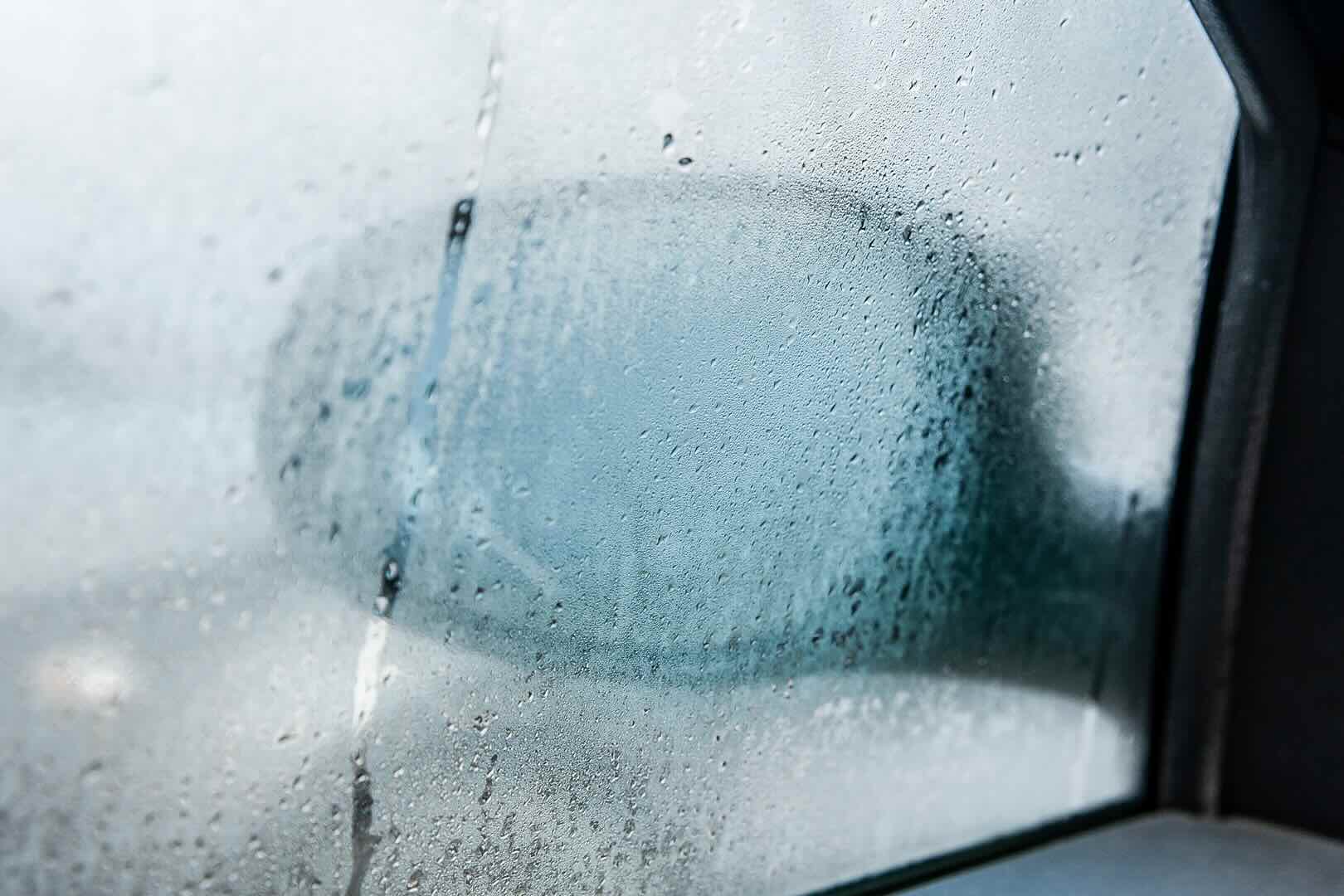
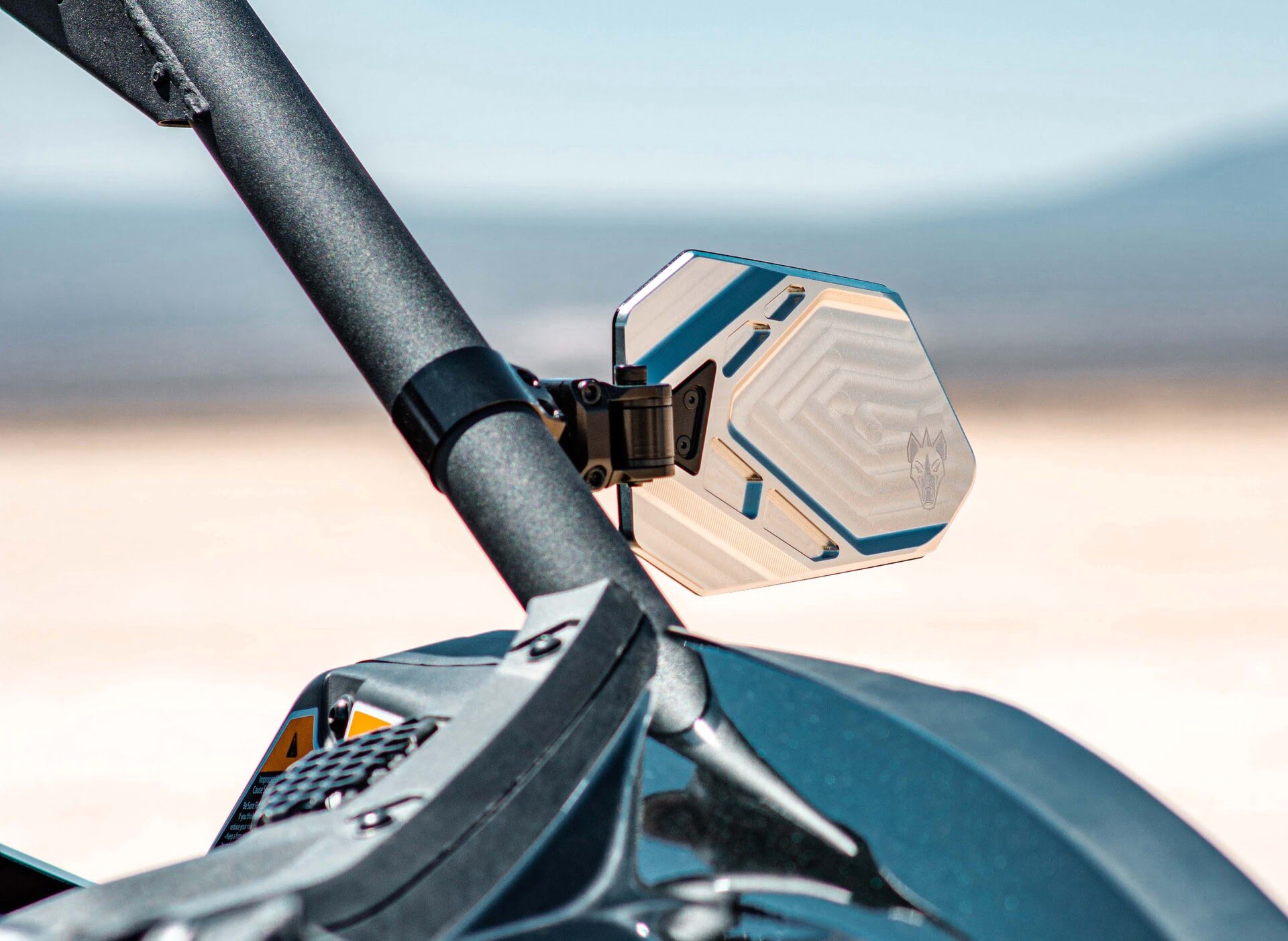
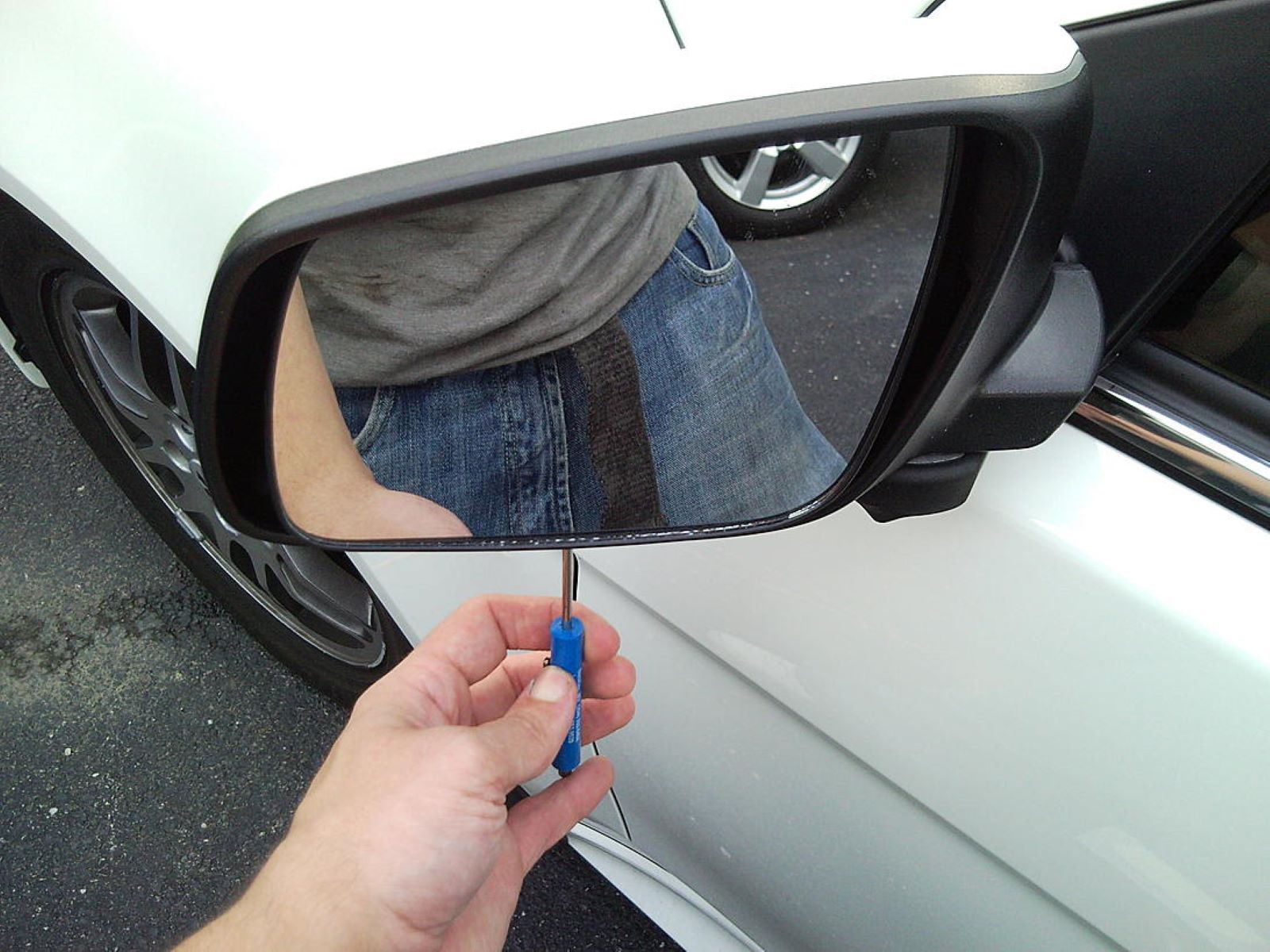

0 thoughts on “How To Properly Adjust Your Side Mirrors”